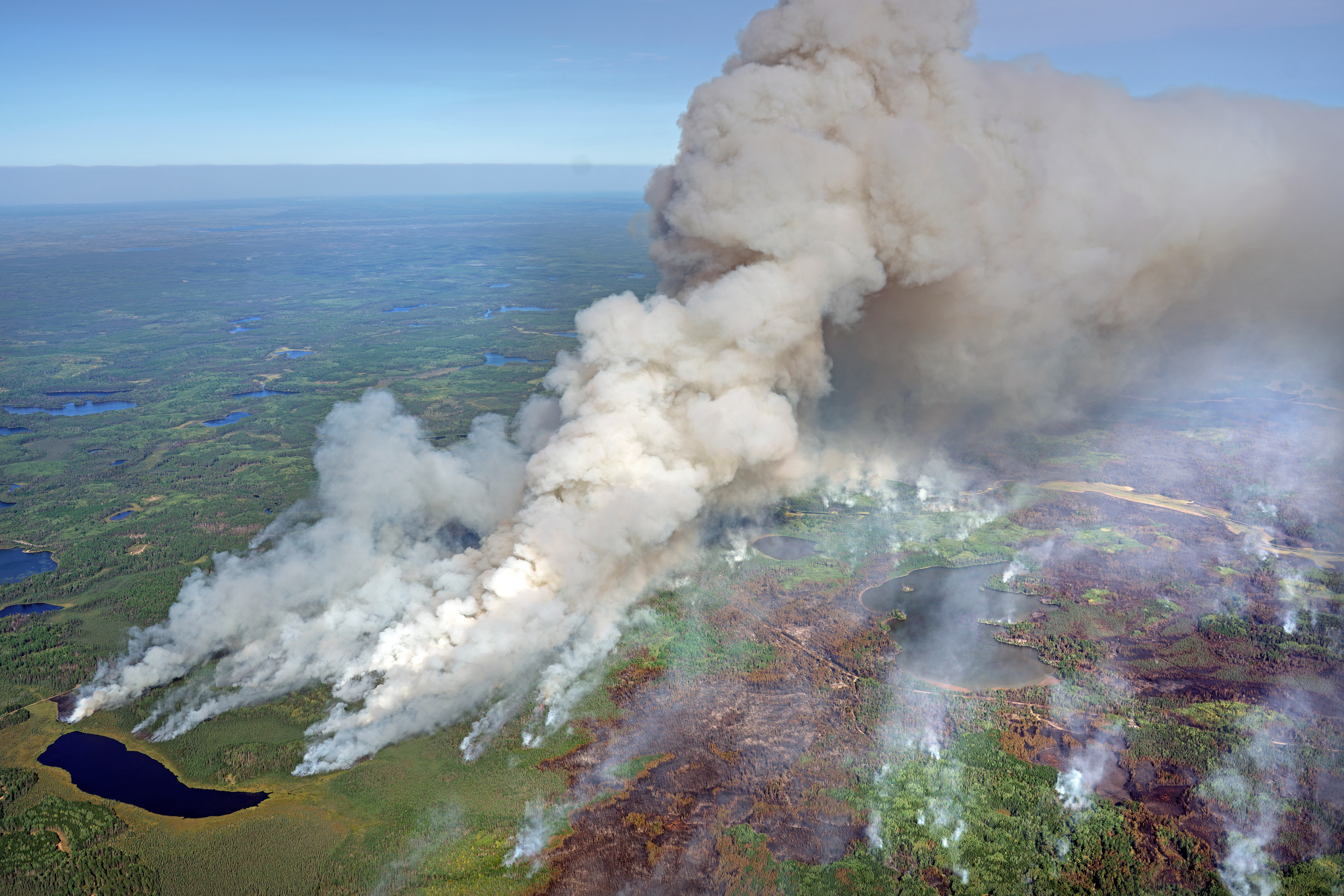New threat emerges as crews fight Minnesota wildfire: bears
Officials leading the fight against wildfires in northeastern Minnesota are warning about a new threat: bears attracted by generous donations of food and other supplies

Your support helps us to tell the story
From reproductive rights to climate change to Big Tech, The Independent is on the ground when the story is developing. Whether it's investigating the financials of Elon Musk's pro-Trump PAC or producing our latest documentary, 'The A Word', which shines a light on the American women fighting for reproductive rights, we know how important it is to parse out the facts from the messaging.
At such a critical moment in US history, we need reporters on the ground. Your donation allows us to keep sending journalists to speak to both sides of the story.
The Independent is trusted by Americans across the entire political spectrum. And unlike many other quality news outlets, we choose not to lock Americans out of our reporting and analysis with paywalls. We believe quality journalism should be available to everyone, paid for by those who can afford it.
Your support makes all the difference.Officials leading the fight against wildfires in northeastern Minnesota warned Monday about a new threat: bears attracted by generous donations of food and other supplies.
“Donations have far out-stripped our need and our ability to store what we have received,” Superior National Forest officials posted in a social media update. “We have no remaining storage space and donations now must be stored in the open on pallets, making them an attractant to bears. We have had two instances of bear damage already.”
Black bears are common in northern Minnesota and rarely attack people, but conflicts can arise when they're attracted by food. The officials said they appreciate the donations, but they just can't accept any more.
“We understand the genuine concern, and undeniable generosity of community members, but we need to be able to return the focus of our logistics staff to supporting the Greenwood Fire and our firefighters,” they posted. They suggested donations to local food banks and fire departments instead, “or thank a firefighter. We love signs along the road and cards.”
Forest Service crews have been battling the Greenwood Lake fire since it was spotted Aug. 15, about 15 miles southwest of the town of Isabella. It has burned over 40 square miles (over 105 square kilometers) but has slowed down in recent days. The area received a much-needed 1.5 to 2 inches (3.8 to 5 centimeters) of rain from Saturday afternoon through Monday morning, the most rain in a 24-hour period the area around the fire has received all year.
The fire destroyed 14 “primary structures” — mostly homes and cabins — and 57 outbuildings in a major run last Monday. It stood at 14% contained as of Monday with a projected containment date of Sept. 10.
The Forest Service also reported no growth thanks to the rain on two other, smaller wildfires of concern, the John Ek and Whelp fires, which are inside the Boundary Waters Canoe Area Wilderness. Crews have just begun efforts to fight those fires on the ground because they're deep in the wilderness in hard-to-reach areas. Fears that the two fires could expand while firefighting resources have already been stretched thin by the Greenwood Lake fire and severe drought conditions led the Forest Service Aug. 21 to close entire the Boundary Waters through at least Friday.